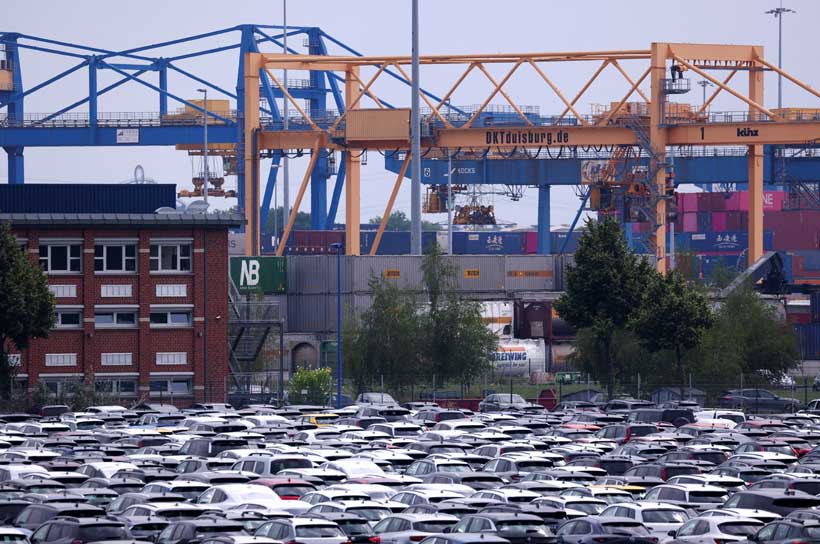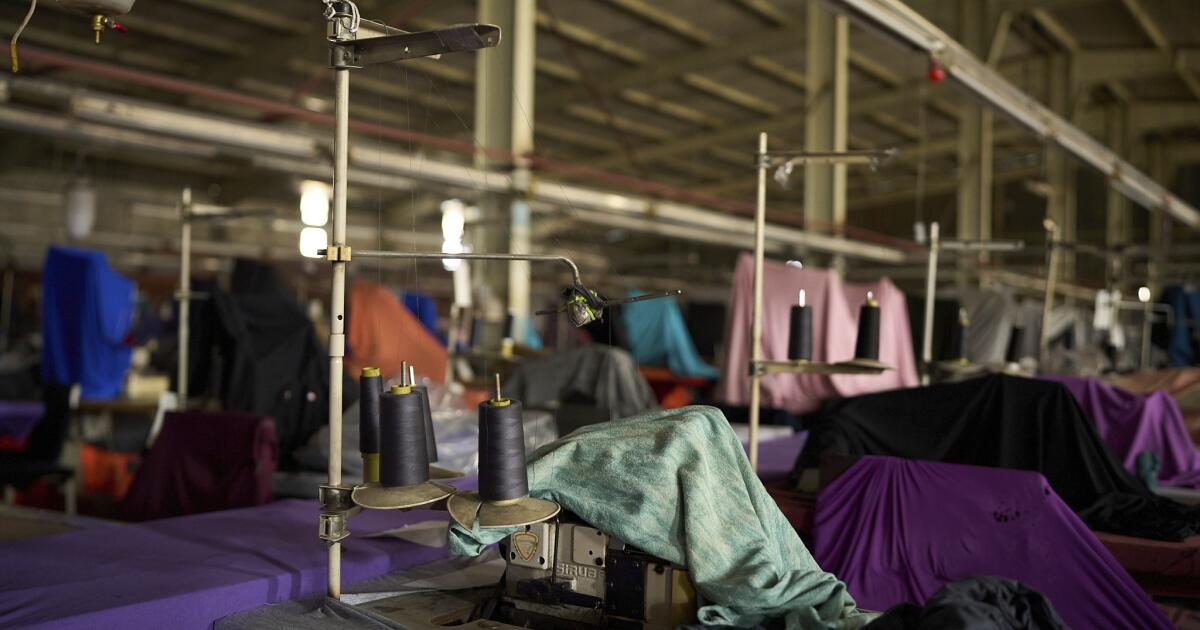European factories expand, Asia faces slowdown
Factory activity in the Eurozone expanded for the first time since mid-2022 due to domestic demand offseting the impact of U.S. tariffs.
However, mixed signals were reported over the Chinese economy, with one survey suggesting modest expansion, contradicting an official readout that showed activity continuing to shrink. Export powerhouses Japan, South Korea, and Taiwan all saw manufacturing activity shrink in August, underscoring the challenge Asia faces in weathering the hit from sharply higher trade barriers erected by U.S. President Donald Trump.
In Europe, Greece and Spain led factory growth, while manufacturing in Germany shrank at a slower pace. The HCOB Eurozone Manufacturing Purchasing Managers’ Index (PMI) rose to an over-three-year high of 50.7 in August from 49.8 in July.
However, the recovery is still fragile, with inventory levels continuing to decline and order backlogs dropping. Manufacturing in Germany rose to a 38-month high of 49.8, offering hope for the economy that shrank 0.3% last quarter on slowing demand from its top trading partner the U.S.
The EU and the U.S. struck a framework trade deal in late July, but only the baseline tariff of 15% has so far been implemented.
ASIA
The S&P Global Japan Manufacturing Purchasing Managers’ Index (PMI) and South Korea’s factory activity have both fallen for the seventh consecutive month due to higher US tariffs and competition from cheap Chinese exports.
Both countries have struck trade deals with the US, which have eased pressure on their export-reliant economies. This has led to a double-whammy for Asian economies, as they face higher tariffs and competition from cheap Chinese exports.
The RatingDog China General Manufacturing PMI unexpectedly rose to 50.5 in August, exceeding the 50-mark that separates growth from contraction. This contradicts an official survey that showed activity shrank for a fifth straight month due to weak domestic demand and uncertainty over Beijing’s trade deal with the US.
Trump extended his tariff truce with China for another 90 days, withholding imposition of three-digit duties until November 10. India, which grew at a much better-than-expected 7.8% in the last quarter, continues to be a significant outlier in the region, with manufacturing activity expanding at its fastest pace in over 17 years.
With information from Reuters

